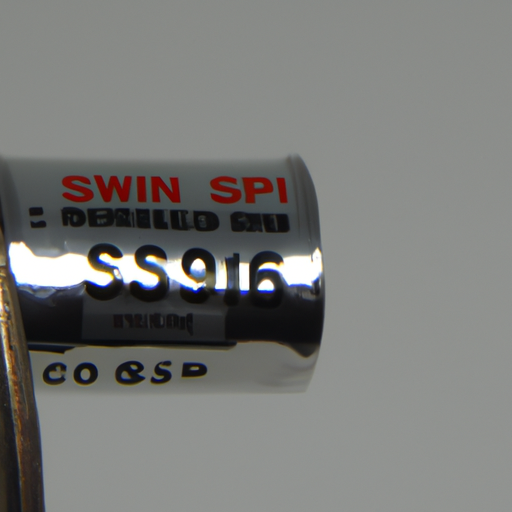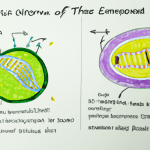What is the Composition Makeup of 95/5 Solder: Explained in Detail
Solder is a crucial component in various industries, especially in electronics and plumbing. It is a metal alloy used to join two or more metal surfaces together by melting it and allowing it to cool, creating a strong bond. One popular type of solder is the 95/5 solder, which is widely used due to its unique composition and desirable properties.
Composition of 95/5 Solder
The term “95/5” refers to the composition makeup of the solder, indicating the percentage of each metal present in the alloy. In the case of 95/5 solder, it consists of 95% tin (Sn) and 5% antimony (Sb). This specific combination of metals offers several advantages that make it suitable for various applications.
Tin (Sn)
Tin is the primary component of 95/5 solder, making up 95% of the alloy. It is a soft, silvery-white metal known for its low melting point, which is around 232 degrees Celsius (449 degrees Fahrenheit). Tin is highly malleable and ductile, allowing it to be easily shaped and formed into solder wire or paste.
One of the key properties of tin is its excellent wetting ability. When molten, tin has a strong affinity for many metals, enabling it to spread and adhere to the surfaces being soldered. This ensures a reliable and durable joint.
Antimony (Sb)
Antimony comprises the remaining 5% of the 95/5 solder alloy. It is a brittle, bluish-white metal that is added to the solder primarily to improve its mechanical properties. Antimony helps to increase the strength and hardness of the solder, making it more resistant to deformation and cracking.
Additionally, antimony aids in reducing the surface tension of the molten solder, allowing it to flow more easily and evenly during the soldering process. This promotes better wetting and ensures that the solder fills the gaps between the metal surfaces being joined.
Properties and Applications
The composition makeup of 95/5 solder gives it several desirable properties that make it suitable for a wide range of applications. Some of these properties include:
1. Low melting point: The low melting point of tin makes 95/5 solder easy to work with, as it requires less heat during the soldering process. This is particularly important when soldering delicate electronic components that may be sensitive to high temperatures.
2. Good wetting ability: The excellent wetting ability of tin ensures that the solder spreads evenly and adheres well to the surfaces being soldered. This results in strong and reliable joints.
3. Mechanical strength: The addition of antimony improves the mechanical strength and hardness of the solder, making it more resistant to mechanical stress and deformation.
4. Flowability: The presence of antimony reduces the surface tension of the solder, allowing it to flow smoothly and evenly, ensuring complete coverage and filling of gaps.
Due to its unique composition and properties, 95/5 solder finds applications in various industries, including electronics, plumbing, and jewelry making. It is commonly used for soldering electrical components, copper pipes, and joining precious metals.
In conclusion, the composition makeup of 95/5 solder consists of 95% tin and 5% antimony. This combination of metals provides the solder with excellent wetting ability, low melting point, mechanical strength, and flowability. These properties make 95/5 solder a popular choice for many soldering applications across different industries.




